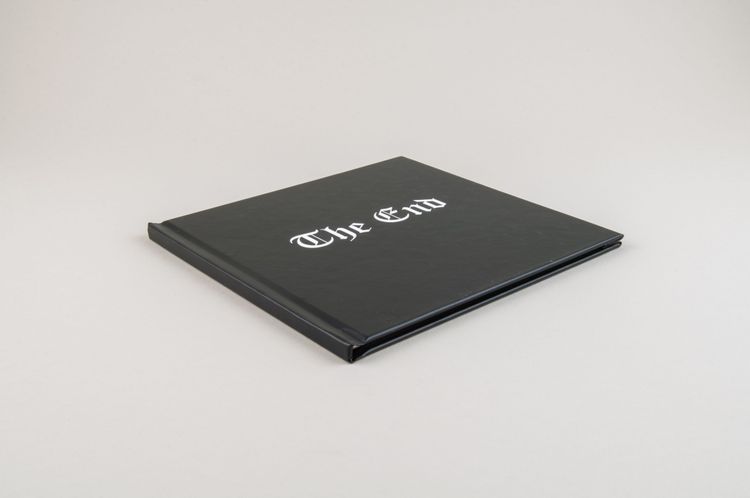“A collection of enlarged thumbnail photographs of Kasimir Malevich’s Black Square painting of 1915, as found on the internet” (blurb on Blurb). Jonathan Lewis collected a total of twenty-six thumbnails, with each image of the black square blurred, pixelated, and altered through photography, compression, and implementation. While Malevich’s painting directed the focus to the material qualities of painting as a medium, Lewis’s book allows for a focus on the alteration of the material through various layers of digital processing and reme- diation. In this way, a new notion of “the end of painting” (a typical description of Malevich’s painting) emerges, which was also the beginning of a new genre.
In this sense, Lewis’s usage of thumbnails, which are usually small preview images for bigger images, gives a perfect example of Hito Steyerl’s notion of the “poor image”: “The poor image is a copy in motion. Its quality is bad, its resolution substandard. As it accelerates, it deteriorates. It is a ghost of an image, a preview, a thumbnail, an errant idea, an itinerant image distributed for free, squeezed through slow digital connections, compressed, reproduced, ripped, remixed, as well as copied and pasted into other channels of distribution” (Hito Steyerl, “In Defense of the Poor Image”).
Elisabeth Tonnard, then a member of the Artists’ Books Cooperative (ABC), like Lewis, posted a video of an ABC booth ironically titled “A Thorough Examination of Jonathan Lewis’ book The End,” showing how such books can irritate book fair attendees.
